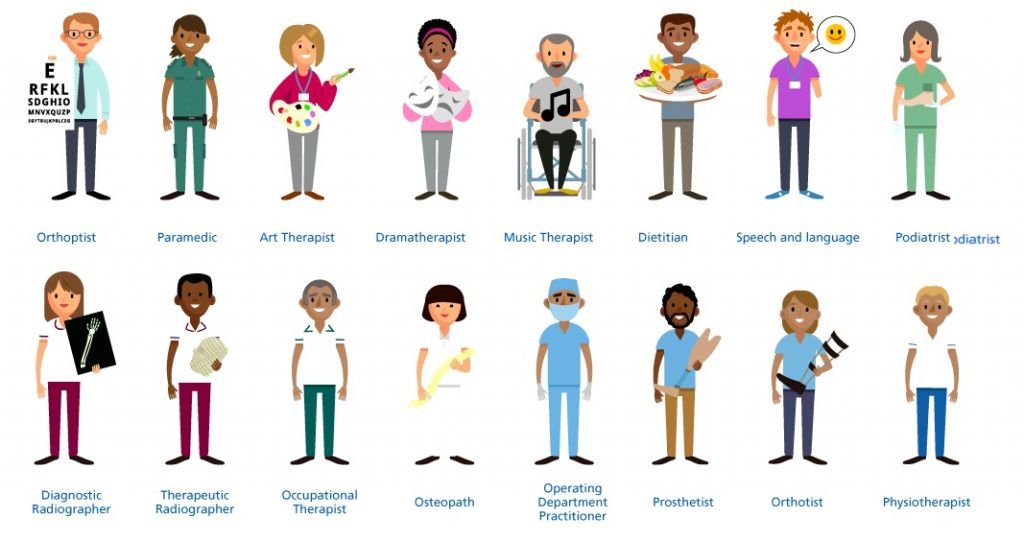5 Common Back Problems and How to Treat them
Are you struggling with that nagging ache in your back that just won't budge? You're not alone. Back pain is a common visitor amongst adults, often becoming an unwanted companion disrupting daily activities and peace of mind.
Whether it's after a long day at work or following a vigorous workout session, the discomfort can range from mild stiffness to debilitating agony.
Interestingly, most back issues share causes rooted in our modern lifestyle – prolonged sitting, inadequate exercise, and poor posture are usual suspects. This article shines a light on five prevalent back problems tapping at the doorsteps of many: herniated discs, spinal stenosis, degenerative disc disease, osteophytes (bone spurs), and spondylosis (a type of arthritis).
It doesn't just stop there; we'll guide you through practical treatment options that help soothe these spine troubles without immediately jumping under the surgeon's knife – from physical therapy magic to acupuncture delights.
Discover remedies that could spell relief for your weary back. Ready for some comfort? Keep reading!
Key Takeaways
- Herniated discs, spinal stenosis, degenerative disc disease, osteophytes and spondylosis are key causes of back pain that can often be treated without surgery.
- Physiotherapy is a vital part of treating back problems as it helps to strengthen muscles and improve flexibility around the spine which may alleviate pain symptoms.
- Pain management for these conditions may include medication or injections but exploring exercises with a physiotherapist forms a core approach.
- Surgical options like discectomy and spinal fusion are available for severe cases when non - surgical treatments do not provide adequate relief.
Alternative therapies such as acupuncture, massage therapy and biofeedback offer additional ways to manage back pain alongside conventional medical treatments.The body content of your post goes here. To edit this text, click on it and delete this default text and start typing your own or paste your own from a different source.
New Paragraph
Treatment Options for Common Back Problems
Physical therapy and medication are common non-surgical options for treating back problems, while surgical options such as discectomy and spinal fusion may be necessary in more severe cases.
Additionally, alternative treatments like acupuncture and massage therapy can also provide relief from back pain.
Non-surgical options (e.g. physical therapy, medication, injections)
If you're looking to remove back pain and stay fit, consider the following non-surgical treatment options:
- Engage in physical therapy to strengthen your back muscles, improve flexibility, and alleviate pain.
- Explore medication options such as anti - inflammatory drugs and muscle relaxants to manage pain and reduce inflammation.
- Consider injections like epidural steroid injections or facet joint injections to target specific areas of pain and provide relief.
Surgical options (e.g. discectomy, laminectomy, spinal fusion)
After considering non-surgical options, surgical treatments may be recommended for certain back problems. Here are the surgical options available to address common back issues:
- Discectomy: This procedure involves removing a portion of a herniated disc that is pressing on a nerve, alleviating pain and reducing inflammation in the affected area.
- Laminectomy: This surgery involves removing the lamina (the back part of the vertebra that covers the spinal canal) and any bone spurs to relieve pressure on the spinal nerves.
- Spinal Fusion: In this procedure, two or more vertebrae are fused together using bone grafts or implants to stabilise the spine, reduce pain, and improve mobility.
- Foraminotomy: This surgery enlarges the space where nerve roots exit the spinal cord to alleviate nerve compression caused by bone spurs or herniated discs.
- Vertebroplasty/Kyphoplasty: These minimally invasive procedures involve injecting bone cement into fractured vertebrae to stabilise them and relieve pain associated with vertebral compression fractures.
Alternative treatments (e.g. acupuncture, massage, biofeedback therapy)
In the realm of back pain management, alternative treatments offer non-invasive methods to alleviate discomfort and improve overall well-being. These therapies can be particularly beneficial for individuals seeking to avoid or postpone surgical interventions. Here's an overview of some common alternative treatments for back issues:
Acupuncture: This ancient Chinese technique involves inserting thin needles into specific points on the body. It's believed to stimulate the nervous system and release pain-relieving chemicals, making it an effective treatment for chronic back pain.
- Targets pain relief: Stimulates body's pain-relieving mechanisms.
- Reduces inflammation: Can help in reducing swelling and inflammation in back areas.
- Improves mobility: Regular sessions may enhance flexibility and range of motion.
Massage Therapy: This involves manipulating the muscles and soft tissues of the body. It's known for relieving muscle tension and improving blood circulation, which can be particularly beneficial for back pain caused by muscle strain or stress.
- Relieves muscle tension: Eases tight muscles, providing relief from pain and stiffness.
- Enhances circulation: Promotes better blood flow, aiding in quicker recovery of sore muscles.
- Reduces stress: Offers relaxation, which can indirectly alleviate back pain related to stress.
Biofeedback Therapy: This technique uses electronic monitoring devices to teach patients to control bodily functions, such as heart rate, muscle tension, and blood pressure. Biofeedback can be particularly effective in managing pain and stress, which are often contributors to back problems.
- Promotes relaxation: Teaches techniques to relax muscles and reduce tension.
- Increases awareness: Helps in understanding and controlling body's response to pain.
- Improves coping skills: Enhances ability to manage and mitigate back pain.
These alternative treatments, while beneficial, should ideally be part of a comprehensive care plan that may include physical therapy, exercise, and lifestyle modifications. It's essential to consult with healthcare professionals to determine the best course of action for individual back pain conditions.
Conclusion
In conclusion, managing back problems involves understanding the causes and seeking appropriate treatment. A combination of non-surgical options such as physical therapy and medication can help relieve discomfort.
In some cases, surgical interventions like discectomy or spinal fusion may be necessary for long-term relief. Exploring alternative treatments like massage or biofeedback therapy could also provide additional support in addressing back issues.



